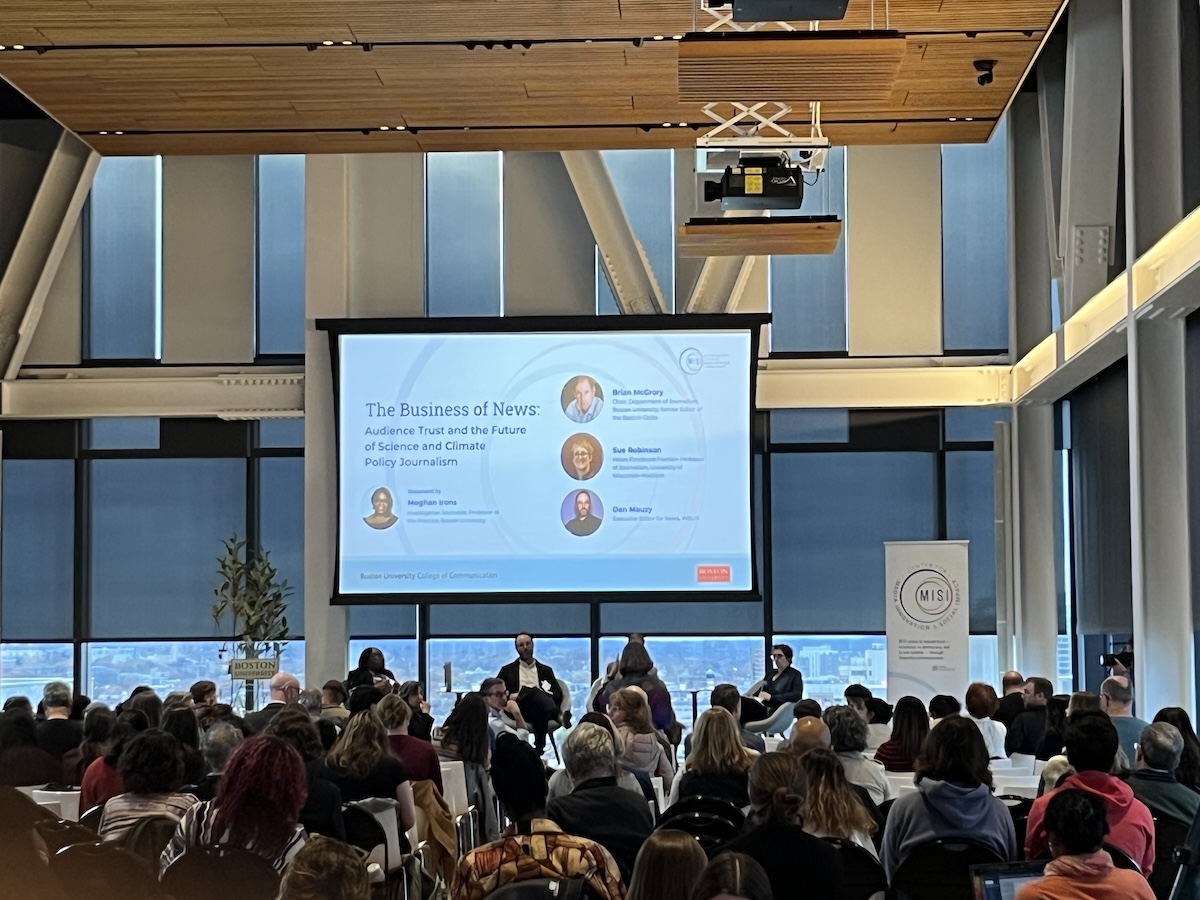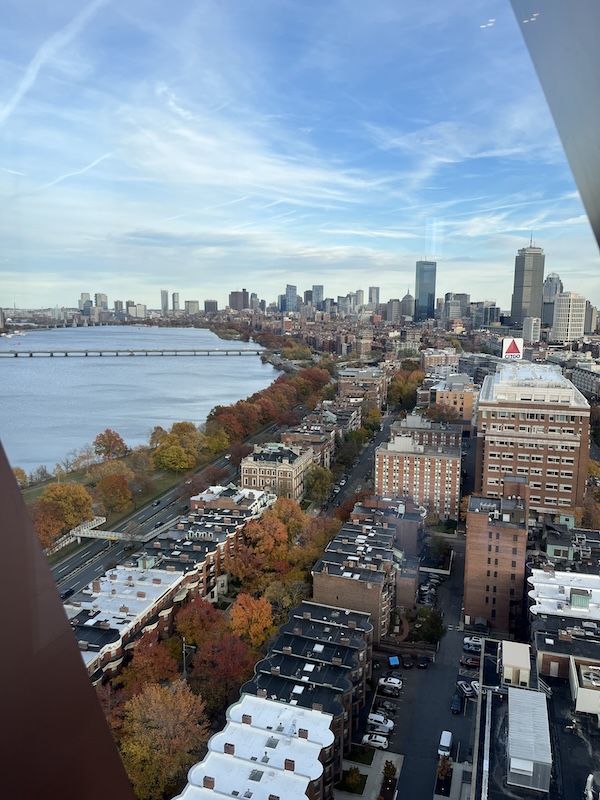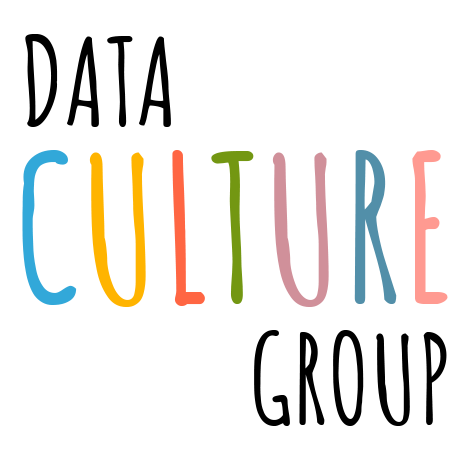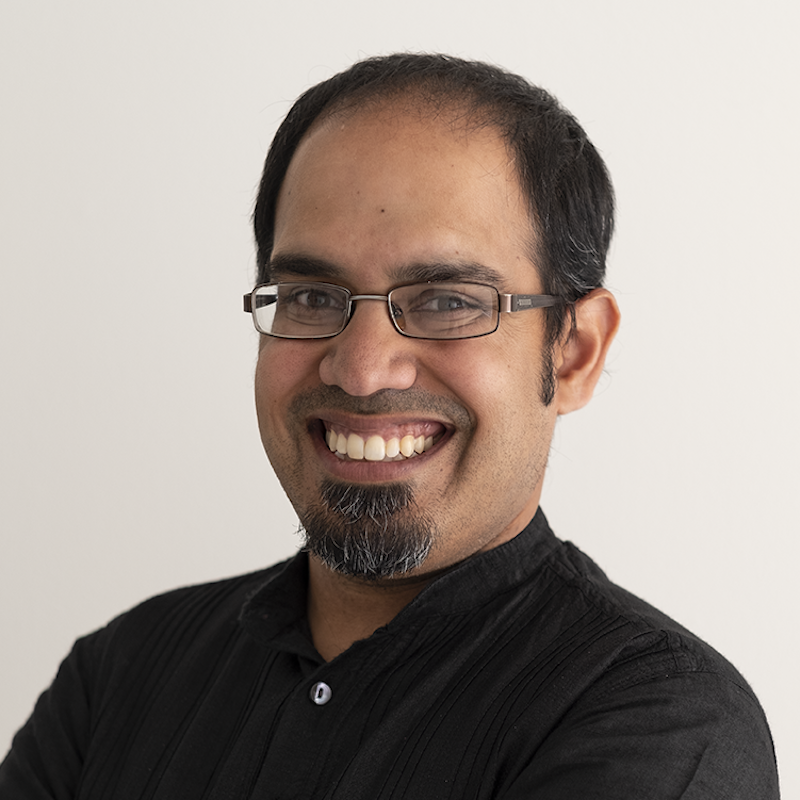I attended the inaugural Boston University Center for Media Innovation & Social Impact (MISI) Summit recently, where a diverse group of leaders came together to discuss the theme of “Communicating Climate.” Hosted by the Center’s Directory Eric Gordon, the event included sessions on related topics. Here’s a quick blog post about key points from one session that focused on how journalism, academia, and public media can restore trust in an era of economic instability and eroding credibility.
 The start of the “Business of News” Panel
The start of the “Business of News” Panel
The Business of News: Audience Trust and the Future of Science and Climate Policy Journalism
This panel included Brian McGrory (BU Journalism Dept Chair, formed Boston Globe editor), Sue Robinson (Helen Firstbrook Franklin Professor of Journalism at the University of Wisconsin–Madison), and Dan Mauzy (WBUR’s Executive Editor for News).
It was moderated by Meghan Irons (investigative journalist and Professor of the Practice at Boston University), who opened with the fundamental question: how do we restore public trust when newsrooms face economic instability, eroding credibility, and an increasingly complex information landscape?
Local News, Attention, and Transparency
Dan Mauzy opened with an optimistic take: local news has a leg up compared to national outlets, and public media has an advantage among those familiar with it. He focused don transparency as a tool for building trust, particularly related to showing how journalism happens and showing your work. Dan noted a sobering statistic: “8 or 10 people have never spoken to a local reporter”—a problem that needs solving. In parallel, to ensure they are representative WBUR conducts audits on their source demographics, comparing them to local census data to ensure representative coverage.
For climate coverage specifically, the answer is making it local: to “literally bring it home to people.” Instead of abstract global warming statistics, WBUR focuses on local watering holes, jobs, heat pumps, energy bills, and solutions. Dan pointed to their Cape Cod plumbing contamination story about nitrates as an example of making climate impacts tangible. WBUR now has 3 reporters plus an editor dedicated to their climate team.
Brian McGrory acknowledged the widespread distrust across institutions, but noted an interesting pattern: crises drive attention. The Boston bombing, Trump’s first presidency, and COVID all led to subscription bumps for the Globe. Digital subscriptions actually doubled during the pandemic. “These are votes of confidence on things we do and how we do it,” Brian said. But he expressed uncertainty about how to reach people who aren’t actively seeking out journalism without alienating current loyal readers. His philosophy: “when readers see things they like, admire, trust, they will stay, otherwise they will leave.” The answer for him? “Focus on interesting, important, consequential stories and the business model will follow.”
Sue Robinson opened arguing that journalism education and newsrooms aren’t teaching key skillsets: radical transparency vis-à-vis audience engagement and restoring trust. She pointed to organizations modeling this approach: ProPublica, Seattle Times, WITF, Baltimore Banner. WITF’s 2024 election coverage particularly stood out to Sue as a model, with Q&As, pledges about misinformation and accuracy, and messaging about what’s happening behind the story.
She pushed back on Brian’s faith in the story, pointing out that “The audience doesn’t come to you—they’re being told to hate us.” Instead of waiting for audiences to find them, news organizations need to actively work on finding common values with communities.
What’s Actually Working
Sue shared how listening sessions can change hearts and minds of those reaaders who are being told to disengage from local news. Through the Trusting News project, she works with journalists who talked to people disengaged from news brands. The sessions were challening for journalists who had to listen with “devastating results that traumatized [them].” But here’s the remarkable part: after those conversations, over half of participants said it built confidence and one-third said they’d probably subscribe. The takeaway? “Bring people together around a shared topic of concern—listening and convening can change hearts and minds.”
Dan echoed this from WBUR’s experience hosting listening sessions on various topics, particularly in response to parachute journalism in the Merrimack Valley. It’s “enriching for reporters to hear what people think is overlooked, what makes them proud.” The challenge? How to scale these personal interactions.
Brian agreed that focus groups are great, creating opportunties where meeting the person behind the reporting can “change the tune of the haters”. He pushes to have journalists that get out into community regularly: “in local news we can do that.” Brian also emphasized inviting readers into the process itself—not just the meta aspects like ethics policies, but the exposing the actual work of reporting. When people understand the process, trust follows.
Sue highlighted that public media is out front on innovative approaches. She pointed to Lookout Santa Cruz as a leading example. They partner with influencers in the community itself to scale their reach, working with people who have huge groups of followers not already connected to their local media organizations. Lookout is even fundraising with non-profits together. We “need more creativity like this,” Sue urged.
Dan shared that WBUR is doing more vertical video now and reaching new audiences. They’ve done partnerships with trusted community members on niche topics, which has expanded reach and built trust. The catch? “Platforms are not our friends, so how to build loyal communities developed within those platforms is challenging.”
The Hard Questions
Are Some People Unreachable? Brian posed a difficult question about major outlets like the NYT, WSJ, and Globe: while subscribers are growing, they’re “not reaching a critical part of the country.” His question: “BUT are those people reachable, and what might be the sacrifice to reach them?”
The Talent Pipeline is Broken Sue ended on a sobering economic note: pay rates aren’t good enough, so students coming out can’t afford to go into traditional newsrooms. Instead they’re going to NGOs and corporate communications to exercise similar skills. This threatens the entire pipeline of journalism talent.
The Continually Shifting Media Ecosystem Dan raised another challenge for the future: “how to create loyalty in a fractured media space? Discovery is harder in an AI-mediated internet search world.” As platforms and AI change how people find information, news organizations need new strategies for building direct relationships with audiences.
I left with a sense of both sobering challenges and promising experiments. While there’s no silver bullet for restoring trust, the path forward Sue, Brian, and Dan pointed at focused on doubling down on transparency, community engagement, and creativity. I can get behind that.
 The views out the new-ish BU Computer and Data Science building are alwasy amazing 🍁☀️💦
The views out the new-ish BU Computer and Data Science building are alwasy amazing 🍁☀️💦


